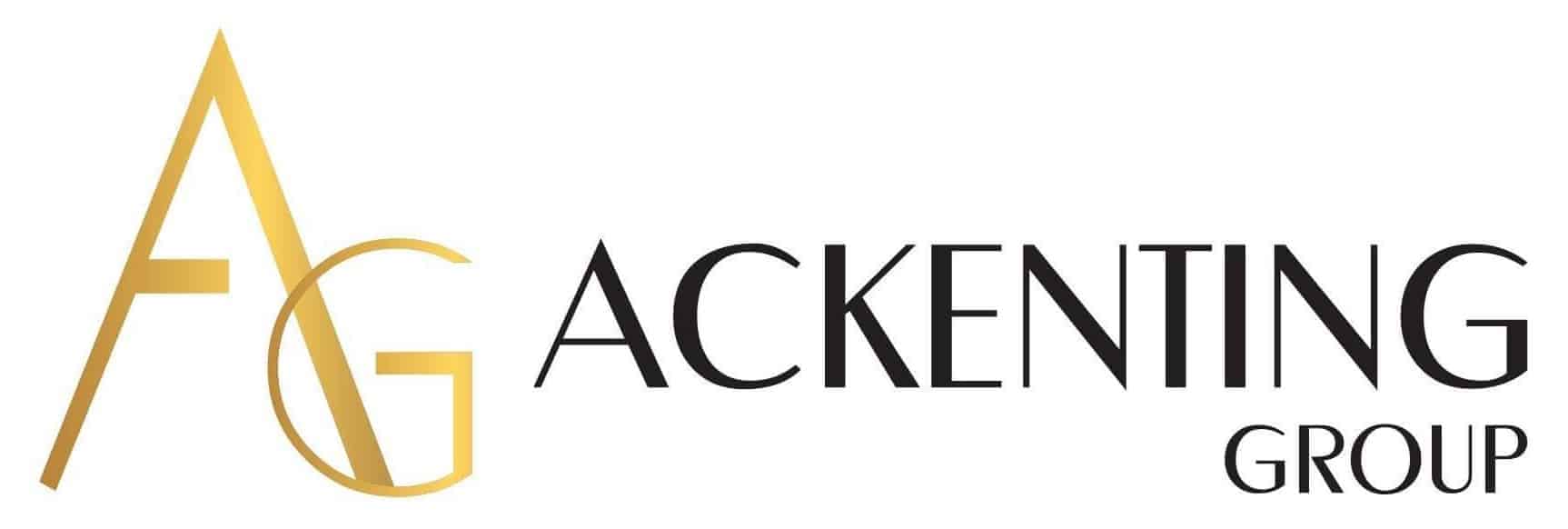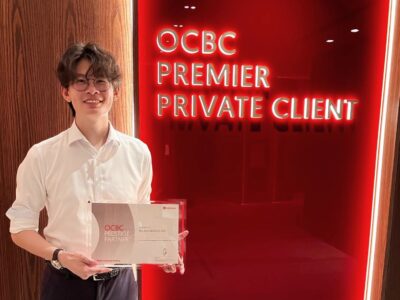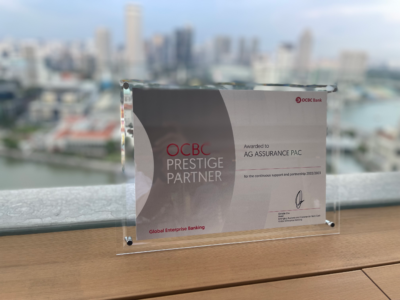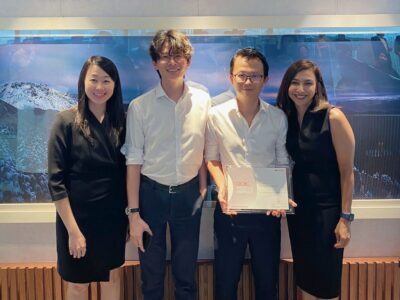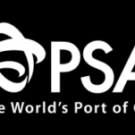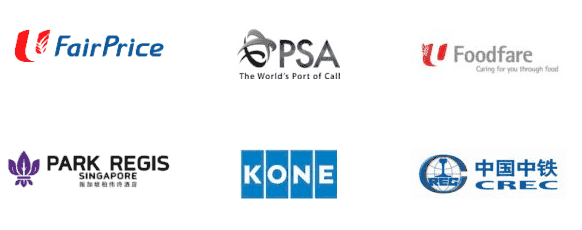Undergoing a transition to a public corporation is a significant milestone for any private business. It means being able to generate capital to fund other aspects of business operations further, reduce operating debts, as well as open business growth opportunities. While an initial public offering (IPO) is one of the most common ways that many private companies in Singapore take to go public, the transition process can often be complicated and lengthy, thus not suited for every company.
Many companies, not only in Singapore but also in the surrounding regions, have been merging with special purpose acquisition companies (SPACs) in order to go public, and this method has been gaining popularity over the years.
What are SPACs?
SPACs are publicly-traded corporations that form with the sole purpose of acquiring private businesses to help them go public. They also are known as “blank check companies” as they have no particular acquiring targets or known business operations. SPACs are typically formed by sponsors or investors with particular expertise and knowledge in an industry or sector who intends to pursue deals in that particular industry. SPACs’ investors generally range from the general public to private equity funds.
Funds raised through SPACs are placed in an interest-bearing trust account. The founders of the investing SPAC then have a limited timeframe of 18 to 24 months to source a suitable private business to acquire.
The funds collected in the trust account can only be disbursed for any of the two reasons:
- Completing the acquisition of said business
- Reimbursement of funds to various investors should the acquisition is not completed within the timeframe
SPACs in Singapore
Though SPACs have been around for decades, their popularities have only risen globally in recent years. In 2020, a total of US$80 million was invested across 247 SPACs in the US. Later in 2021, a record of 613 SPACs acquisitions was made in the US, bringing the investment value to approximately US$162 billion. This is a significant comparison to the 59 SPACs that were formed in 2019.
This increased interest in SPACs landed in the Asia-Pacific region too. In September 2021, Singapore introduced its SPAC framework, welcoming three SPACs to this day. With Asia being the ideal investment opportunity, it is predicted that more companies in the region will be involved with SPACs, both as acquisition targets and acquiring sponsors.
Advantages of SPACs
Regardless of the route you take to go from private business to public corporation – SPAC or IPO, you will definitely face the same regulatory scrutiny. However, there are certain advantages that SPACs offer, such as:
- Quick transition process: A SPAC merger process takes four to six months, while an IPO process takes six to nine months.
- Reduced process fee: A SPAC merger process fee costs less than IPOs by at least five to seven per cent. This processing fee covers audit, administrative, legal, and registration costs.
- Flexible deal terms: SPACs terms are more flexible than IPOs when pertaining to favourable deal terms, such as additional investments or valuations.
- Better market certainty: Unlike IPOs, SPACs offer target companies the chance to negotiate their stock’s value up front, sometimes months before the transaction ends, offering better market certainty in volatile conditions.
- Access to expertise: SPACs are usually made up of sponsors with prior knowledge and expertise in the targeted field. Hence, the targeted companies are able to receive professional insights and networking opportunities.
Challenges of SPACs and how to prepare for success
While SPACs offer lots of advantages, they are not without any challenges. The companies that are to be acquired must prepare for:
- An accelerated timeline in the readiness to be a public corporation: The targeted company must ensure readiness to run as a public corporation within three to five months of successfully merging with a SPAC.
- Complicated financial reporting, registration, and accounting requirements: Depending on the involved SPAC’s lifecycle, these requirements may vary.
Hence, it also means that the targeted company will require proper guidance and an expert merging management team to ensure readiness to transit.
According to Singapore’s SPAC framework introduced in September 2021, companies must ensure they meet the following criteria in order to be a sponsoring SPAC:
- The market capitalisation of at least S$150 million.
- A maximum of 24 months is given for the merging process, with an extension of a maximum of 12 months given, subjected to meeting certain conditions.
- Moratorium on sponsors’ shares during the acquisition process, six-month moratorium after completion of merge, and an additional six-month moratorium for applicable resulting issuers thereafter on 50 per cent of shareholding.
- Depending on the market capitalisation of the SPAC, sponsors must own at least 2.5 to 3.5 per cent of the targeted company’s warrants, shares, or units.
- The merging process can move on if more than 50 per cent of shareholders and independent directors support the transaction.
- Warrants that are issued to the shareholders must be detachable, and any percentage dilution to them that arises from the issued conversion of warrants at the targeted companies must be capped at 50 per cent.
- Any independent shareholders have access to redemption rights.
- Sponsors’ promotion limit of issued shares at the targeted company is capped at 20 per cent.
Conclusion
Whether you decide to go public using the SPAC or IPO route, always look far. Being a public corporation comes with obligations and regulations to uphold. Hence, engaging an accounting firm like Ackenting Group that provides all-in-one corporate solutions such as audit services, company incorporation services, corporate financing, GST services, and secretarial services, among others, ensures that your company is ready for the readiness of going public and upholding proper legal requirements. Contact us to find out more!
